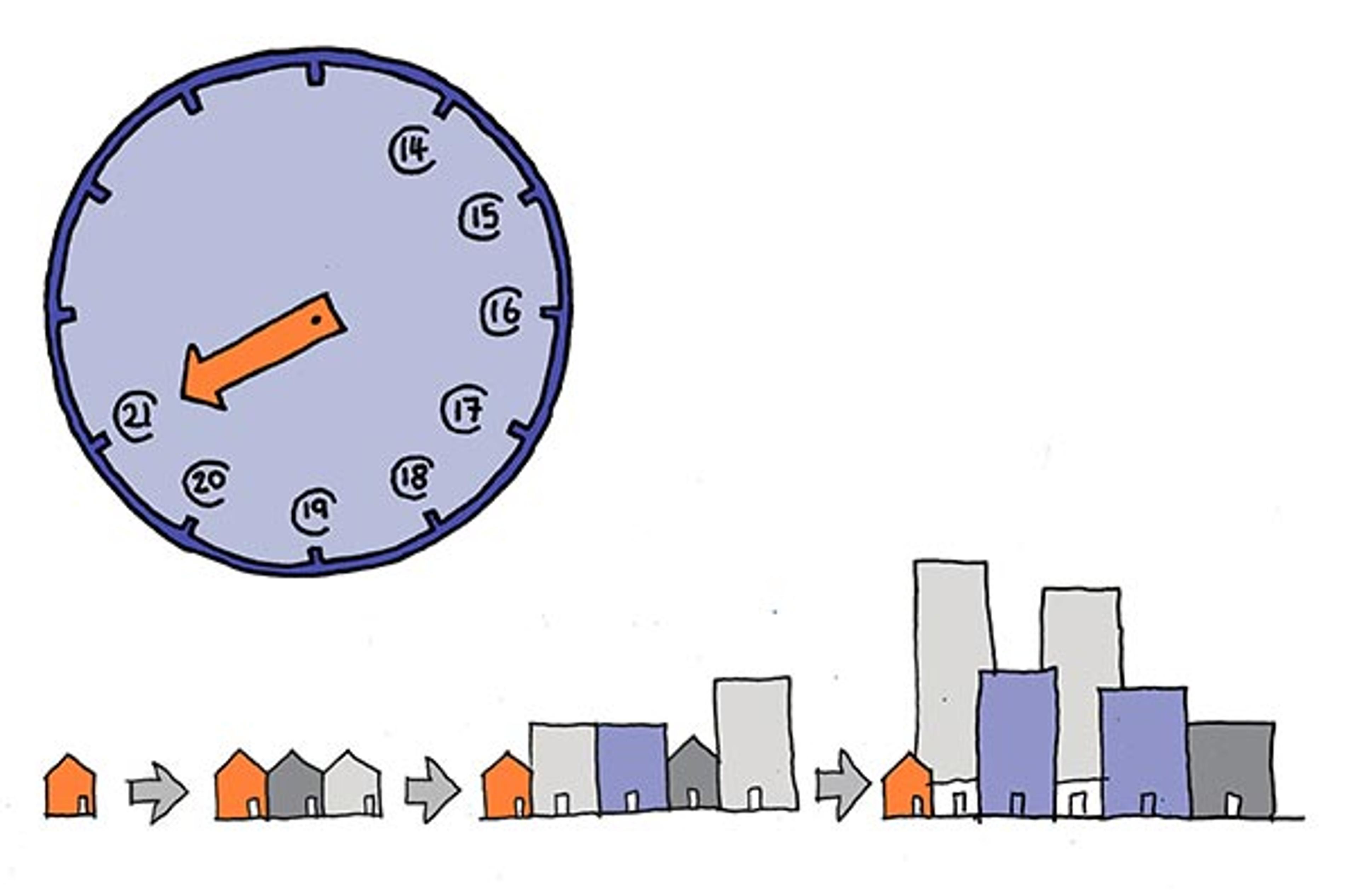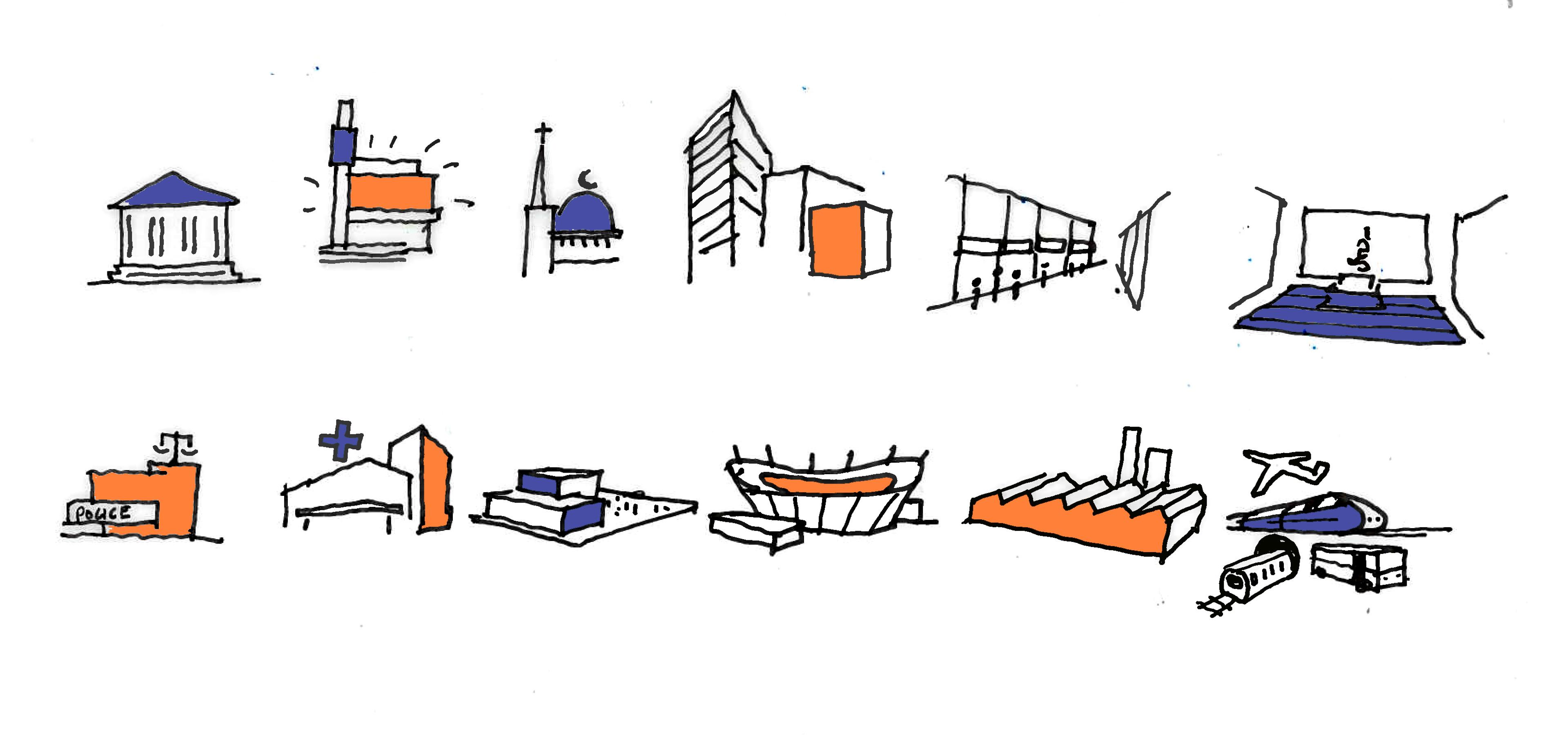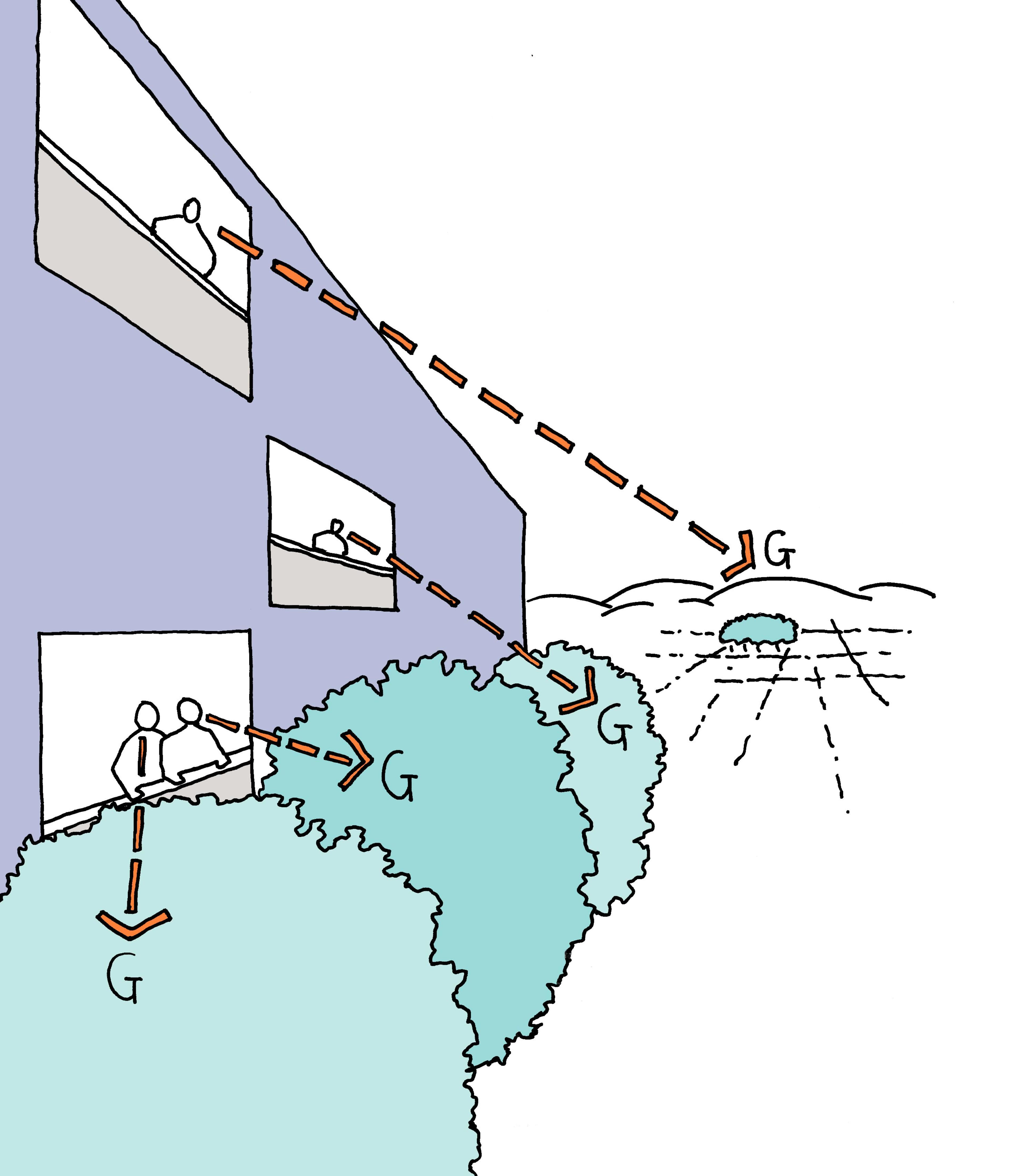Unique cities – questions of identity
by Greg Willis, Make Architects
What makes a city liveable? That was the question posed recently by a national newspaper. Readers were invited to share pictures and stories in response. From graffiti to open air barbeques, street scenes to ice creams, identifiable monuments to ubiquitous landscapes, the collection was so broad as to make the answer to the question self-evident: the only thing in common was the originality of the response.
It is hardly surprising that it is the uniqueness of our cities which define our emotional reaction to them. After all, cities are made of people and people are as diverse as the cities in which we inhabit. That there is an inextricable link between identity, uniqueness and that which we determine as being liveable only highlights the problem of non-organic growth in many modern urban conurbations.
Organic and non-organic growth
Non-organic growth could be described as when a large urban centre comes into being quickly to meet a specific or a series of time-critical needs. Very few successful urban environments arrive fully formed, with the possible exception of Disneyland. (Although it is debatable whether one could describe this as being liveable and it’s probably not even considered unique considering the proliferation of the brand around the world).
In contrast, organic growth allows multiple peoples, events, markets and cultures to shape the environment in which they live, occur, serve and inhabit. Critically, organic growth also has room for the misguided or the temporary, allowing the loved, workable, pragmatic and lasting environments to remain. It could thus be argued that it is the ability for cities to grow organically, shaped by many different elements with the potential to change, adapt and renew, which gives birth to that which may be considered unique and therefore what we like to define as a place’s identity.
Ultimately, what makes a city liveable is the very fact that, by definition, it is living – capable of change, not complete, alive with possibility – like the occupants who inhabit it, completely unique.


Is it possible to ‘design in’ uniqueness?
Protecting the uniqueness of an area could be argued as championing its identity, or at least acknowledging it and responding to it. The appropriateness of any design response in reinforcing the unique character of an area is of course subjective, with approaches ranging from being complementary and sympathetic to being contrasting and challenging. Both attitudes however, still acknowledge the presence of an original identity.
What happens when there is no, or little, conceived present identity from which to respond? What of those times when non-organic growth is unavoidable? This is a more unique challenge for the designer. One could employ a unifying element to the overall project, a kind of rubber stamp to the component parts which points us to the sense of the whole, however obviously. While this might indeed reinforce an identity, it’s hardly the most persuasive argument for uniqueness. In striving to impose a character, there is a danger of crowding out those myriad of possibilities which might appeal to the multitudes of communities who reside there. A more subtle approach might be one of scale. Care and attention should be given to every element of our cities; streets, neighbourhoods, districts and conurbations. Large or small, macro or micro, every scale of our cities serves to form its identity. Surely our own uniqueness is determined by the minutiae of our fingerprints as well as the more obvious characteristics of our facial features? The skill of the designers and planners is to navigate through the various scales with uniqueness of design which in turn enforces the strength of the overall identity.

How then should we approach the ‘design of densification’, so that the city in which these new homes are being built retains its character?
It is a misconception that densification need be the enemy of character. Instead, considered densification should be championed as the preservation of character; it can allow for the protection of the elements of the city which are standard bearers of its identity while allowing the city to survive, grow and thrive. The successful densification of urban areas should allow for the red line protection of those jewels of our cities which we should jealously guard; the parks, the canals, the squares, the notable buildings in which we all stake a common claim.

Densification should not only be protecting the unique areas of our cities, it should also actively contribute to the character of its landscape. Density should not be a simple multiplication of a base unit, the designer should look for opportunities in densification – height offers views and critical mass requires amenities. Density therefore, should equate to a myriad of possibilities, each unique and identifiable.

This post was extracted from our Vital Cities not Garden Cities report.

